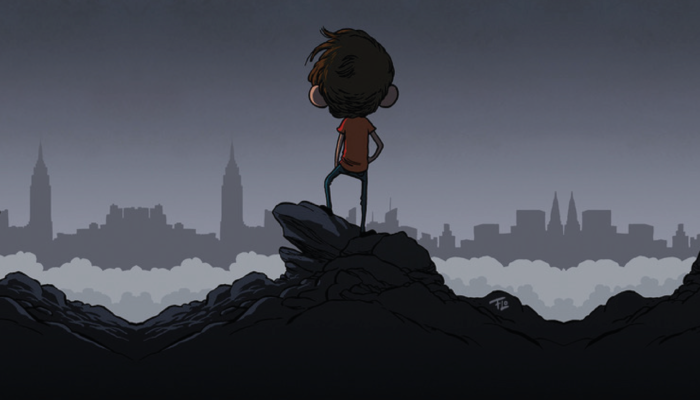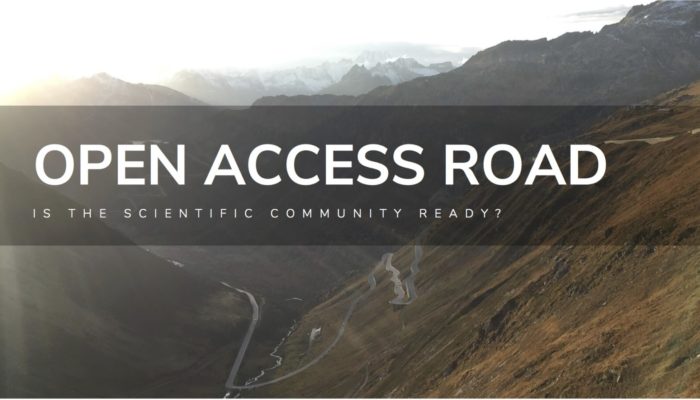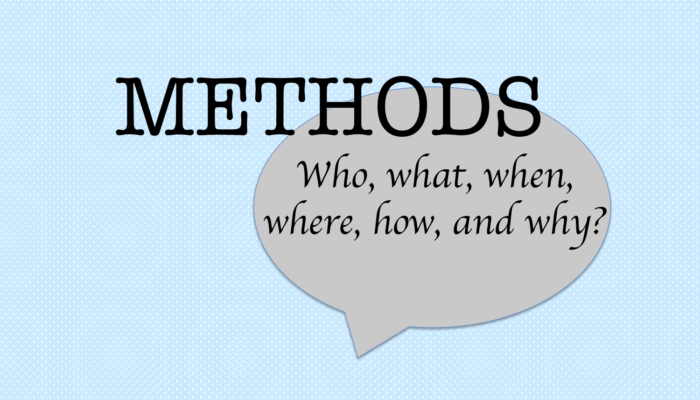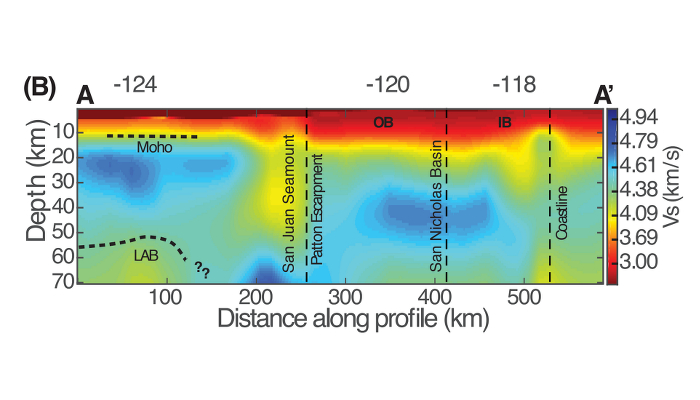How much we pay, as both scientists and the public, for publishing and accessing papers is a hot topic right across the academic community – and rightly so. Publishing houses, and their fees, are big, big business. To which journal we should submit our work is a regular decision we face. But what are the Green, Golden or Hybrid roads? How do pre- and post-prints fit into the journey? In this ...[Read More]
Dancing on a volcano – the unspoken scientific endeavour

Illustration by Floor de Goede from the book 'Dansen op de vulkaan' (more information below).
Doing science is not a walk in the park. In fact, it might be closer to dancing on a volcano. Dan Bower, CSH and Ambizione Fellow at the University of Bern, Switzerland, takes full advantage of the creative freedom of a blog post to reiterate that scientific progress is not a straight-forward endeavour. We all learn early in our education about the scientific method—the scientific approach t ...[Read More]
Writing the Methods Section
An important part of science is to share your results in the form of papers. Perhaps, even more important is to make those results understandable and reproducible in the Methods section. This week, Adina E. Pusok, Postdoctoral Researcher at the Department of Earth Sciences, University of Oxford, shares some very helpful tips for writing the Methods in a concise, efficient, and complete way. Writin ...[Read More]
On the resolution of seismic tomography models and the connection to geodynamic modelling (Is blue/red the new cold/hot?) (How many pixels in an Earth??)
Seismologists work hard to provide the best snapshots of the Earth’s mantle. Yet tomographic models based on different approaches or using different data sets sometimes obtain quite different details. It is hard to know for a non specialist if small scale anomalies can be trusted and why. This week Maria Koroni and Daniel Bowden, both postdocs in the Seismology and Wave Physics group in ETH ...[Read More]



